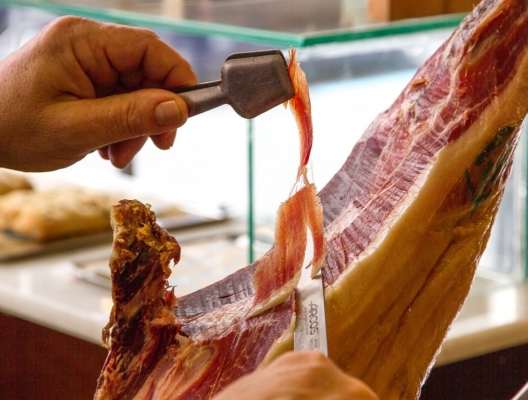Villa Kyssa Sleeps 12 Sotogrande, San Roque
Situated by the sea near Sotogrande Marina, Villa Kyssa is a newly modernised 6-bed beachside retreat with show-stopping views and restaurants a short walk away. Sleeps 12.
Situated by the sea near Sotogrande Marina, Villa Kyssa is a newly modernised 6-bed beachside retreat with show-stopping views and restaurants a short walk away. Sleeps 12.
Villa Onze is a dazzling contemporary villa next to Almenara Golf, Sotogrande. Secluded enough for an exclusive, tranquil experience, yet just 11 minutes from Sotogrande Marina (5 beds, sleeps 10).
Looking over the Atlantic ocean & virgin beaches of Atlanterra, 3+1 bed Villa Kaia is a modern designer villa with infinity pool & state-of-the-art gym. 15 mins to Zahara de los Atunes (8 guests).
With a striking view over two of Cadiz's best beaches, just a short drive from Zahara de los Atunes, you find Villa Vivante. A 5 bedroom villa sleeping 10 adults with dreamy ocean views
La Medina is a unique villa oozing charm, history, culture and sheer good taste. A chic and modern property which mixes the owners stylish Northern European taste with beautiful touches from Asia,…
Retreat to the charm and history of rural Cadiz. This 11-bedroom property welcomes you to a world of contemporary antique. Built just a decade ago from centuries-old and reclaimed materials, here…
The Costa de la Luz is one of most beautiful stretches of coastline, not just in Andalucia, but the whole of Spain.
Bordered by the Atlantic Ocean to the south and west, and the Sierra de Cadiz-Alcornocales Natural Park to the north and east, its beautiful beaches vie for the visitor’s attention with charming and historic towns and cities such as Cadiz and Vejer.
Built many centuries ago by the Moors, now littered with Arabic and Roman remains, Cadiz province is also famous for its ‘pueblos blancos’ – ancient, characterful villages where white-washed houses and churches cling to the steep slopes with commanding views. Walking through cobbled streets, you find hidden alleys and flower-filled patios, church squares and many hidden culinary delights in a region famed for its fresh sea food and wine.
Our favourite highlights include:
Zahara de los Atunes and Atlanterra
Overlooking some of Cadiz’s most beautiful beaches, Playa del Cabo de Plata and Playa de los Alemanes, Atlanterra presents a beguiling mix of multi-million euro private villas and virgin beaches, with the small town of Zahara de los Atunes offering a smattering of beach bars and restaurants where the word of the day is ‘chilled’.
The laid-back ambience of Zahara is one reason why Spain’s wealthiest choose to own second homes here.
Medina Sidonia
The ancient and bustling town of Medina Sidonia dates right back to Phoenician times, and later, the Romans, who’s remnants can still be seen today (our Villa La Medina is actually built into the ancient castle walls!). This is also the seat of the oldest dukedom in Spain, which dates back to the 15th century.
Today you can still see city gates from the Moorish era of the town, and the magnificent Gothic Santa Maria la Coronada church, built over the remains of a mosque. The elegant Plaza de España is a good spot to soak up the local atmosphere, while admiring the renaissance Ayuntamiento (Town Hall).
Vejer de la Frontera
Vejer de la Frontera is also perched atop a hill – so close to the Costa de la Luz that you have amazing sea views from the town, right across to Morocco.
The main square is a delight: a pretty palm-shaded plaza called Plaza de España, whose elaborately tiled fountain is decorated with colourful ceramic frogs. Medieval city walls and the Moorish alcazaba (castle), along with some arches, are still standing; you can climb up and walk along the turreted battlements in places, such as in Casa Mayorazgo. Worth visiting is the Iglesia del Divino Salvador church, with an unusual combination of Mudejar and Gothic styles.
Outside town, one of the coast’s most popular beaches, El Palmar – a 12km stretch of golden sand – is just a 10-minute drive away.
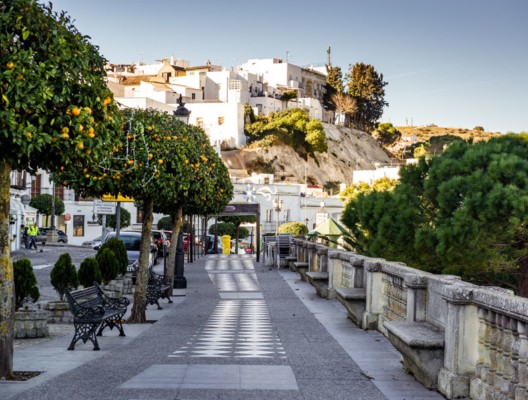
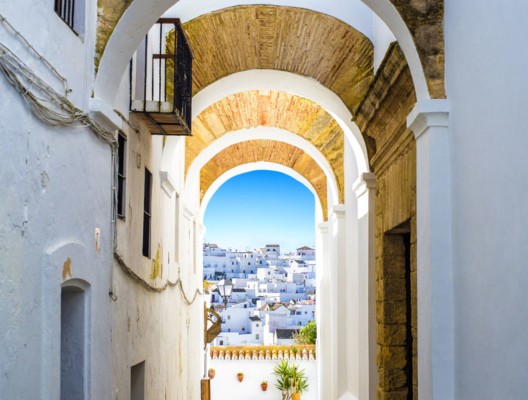
With its beautiful unspoiled coastline, the Costa de la Luz is an area whose beaches – from Valdevaqueros and Bolonia to El Palmar, Conil, Los Caños de Meca and Zahara de los Atunes – are begging to be explored.
Beaches aside, with breezes blowing across the Straits of Gibraltar from Africa, it’s also one of Spain’s foremost areas for watersports, with surfers heading to El Palmar and Los Caños de Meca near Vejer, while Tarifa is world-famous for windsurfing and kitesurfing.
A popular family excursion is whale-watching, with boats leaving Tarifa port, while nature-lovers can also enjoy bird-watching in the Marismas de Barbate wetlands close to Vejer.
Another scenic and close-to-nature activity is horse-riding – either along the beach itself or in the seaside pine forests. Equestrian families flock to Vejer each year for the Sunshine Tour, or visit nearby Sotogrande for the polo.
The more adventurous can take the ferry across to Morocco, for a Tangier day-trip, where you can enjoy this ancient city with its hillside medina and souk full of vibrant spices, colourful leather goods, traditional teapots and pretty decorated tea glasses. Closer to home, you can drive or take the short ferry ride from El Puerto de Santa Maria to the ancient capital of the region, Cadiz.
For art aficionados, just outside Vejer is the Fundacion Montenmedio Arte Contemporaneo, an open-air sculpture park.
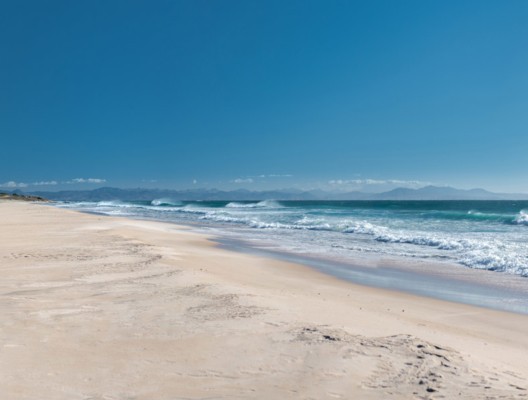
The Costa de la Luz is very much one of Andalucia’s gastro heartlands. Local gastronomic delicacies not to be missed include prime Retinto beef from local cows, and ‘Atun de Almadraba’, the best tuna you’ve ever tasted.
The tuna is caught in an ancient system of tunnels and nets, invented by the Phoenicians, Mediterranean traders and settlers, in around 800 BC. Today it’s one of the most sustainable fishing methods around, with only tuna of a minimum weight being taken.
In April and May, seaside towns like Conil de la Frontera host Tuna festivals, so you can try the prized fish prepared and cooked in a range of styles, from tartare (raw diced) to sashimi, in different restaurants to get the full effect of the juicy flavour and light, silky texture.
Retinto beef comes from the Sierra del Retin mountains, and is known for its soft, lean meat with a nutty taste, thanks to a diet of acorns. Visitors are often surprised to see these horned cows lying on the sandy beaches.
In the area around Jerez, known as the Sherry Triangle, palomino and Pedro Ximenez grapes are grown in the sandy albariza soil, which are then made into the various different types of Sherry. Each of these pairs perfectly with different types of food, from Fino or Manzanilla with cheese and fish, to Oloroso with red meat, and Pedro Ximenez with desserts.
The solera method of blending Sherry is unlike any other – learn about it on a fascinating bodega tour, which finishes up with the all-important tasting.
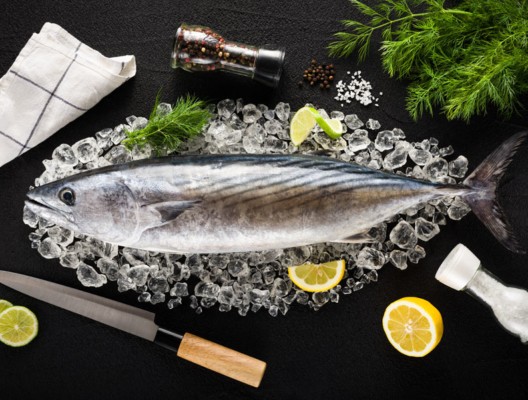
For fashion and homewear, head to the city of Cadiz, or check out Vejer de la Frontera and Medona Sidonia for traditional local produce from bodegas and markets.
The smaller towns follow the Moorish tradition for pastries and sweets: ‘alfajares’, tubes of honey, almond and dried fruit are the local Medina Sidonia speciality, while the crumbly lard biscuits of Vejer are called ‘vejeriegas’.
You can also head to Barbate, a traditional fishing town near Vejer, to buy almadraba tuna products, with all variety of cuts, from neck and cheek to belly, preserved in glass jars and tins, as well as mojama (dried tuna, known as jamon of the sea) – look out for Gadira and Baelo shops. If it’s Saturday morning, don’t miss the market, which has the freshest fish, straight from the morning’s catch.
When in Jerez, after your bodega tour and Sherry tasting, why not buy a bottle of your preferred wine? Drinking a glass of vino de Jerez at home will transport you back to your relaxed sun-soaked holiday in southern Spain.
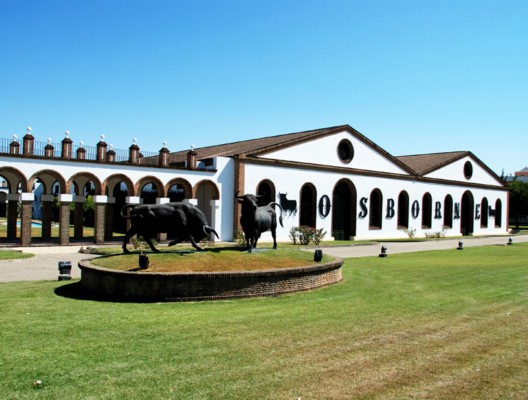
With its stunning beaches, charming white towns and mouth-watering gastronomy, the Costa de la Luz has plenty to offer. Our tailor-made concierge services are designed to help you fully immerse yourself in this vibrant region and create unforgettable travel moments.
Should you wish to get out and explore, we can design private tours of iconic sites such as Gibraltar and the thriving Moroccan city Tangier, along with visits to lesser-known – but equally as charming – towns such as Conil de la Frontera or Medina Sidonia. For history buffs, we can arrange for local experts to show you the Roman Ruins of Bolonia or educate you on Cadiz City’s fascinating heritage with a tour of its incredible cathedral.
If gastronomy is an essential component of your holiday, why not arrange a private cooking class in the charming white village of Vejer, or sample some local sherry and cuisine on tapas tour with our expert guide?
However you wish to structure your holiday, we always aim to provide a personal touch: from pre-arrival trip planning with our Guest Experience Team to local support from our Virtual Concierge Desk, we go to great lengths to ensure you feel supported during ever moment of your trip.
